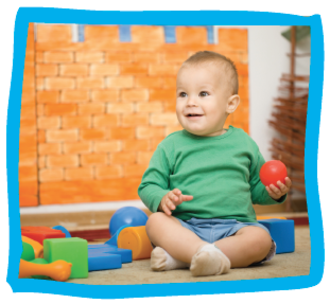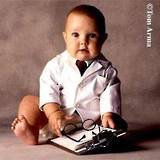Shop
01855
https://www.under5s.co.nz/shop/Hot+Topics+Articles/Health+%26+Wellbeing/Healthy+body+healthy+mind.html
Healthy body, healthy mind
|
Find out how physical play and development are linked to reading and writing skills. The brain plays its part in children’s writing and reading but the body needs to be ready physically too. Little hands and eyes need developing ready for successful reading and writing.
|
You might also be interested in ...
Do you have a gifted child?
So how do you know if you have a gifted child? We take a look at some of the characteristics of gifted children, the meaning of giftedness, whether we should recognise gifted children and what to do if you feel you child is gifted.
Early Language Learning
We often have questions about what babies know or understand very early in life. Babies can’t answer these questions using words but they can tell us a lot by what they look at and for how long. By using the habituation technique we are able to find answers to some interesting research questions and add to our understanding of infant cognition.
join usJoin us on social media for all our latest news. |
sign upSign up and receive our latest newsletters. |
|







Often when we think of teaching children reading and writing skills we imagine reading lots of story books and encouraging children to write their own name.
The brain plays its part in children’s writing and reading but the body needs to be ready physically too.
Little hands and eyes need developing ready for successful reading and writing.
It’s important to remember that the physical skills needed to achieve these are developed in the early years, right from birth.
Children’s bodies develop from head to toe, and from chest out to the hands. This is why having a strong healthy body is needed for those ‘fine’ or smaller muscles to be developed.
The wrist, hand and fingers need to develop dexterity to hold and control a pencil before letters and words can be written.
If you start too early trying to get children to hold a pencil and write their name they can become frustrated and discouraged as they are not yet physically able to do it.
First the hands and eyes need to develop through play and every day experiences.
Developing hands & fingers ready for reading & writing
For infants and toddlers
It starts with picking up their own food off the high chair moving from a whole fist grasp holding a banana to picking up raisins with their thumb and finger in a pincer grip.
Look for toys that can be shaken, twisted, turned and stacked. This could include medium sized blocks, rattles and instruments and stacking cups. You don’t need to buy expensive toys.
Heuristic play using treasure ‘junk’ and focusing on the senses uses items from around the house and natural environment. Picking up leaves or playing with an old fashioned egg beater all develops the small muscles in the hands.
For pre-schoolers
The above activities can all be adjusted for pre-schoolers too.
Eyes need to be healthy too
If you think about it when you read your eyes need to go from one side of the page to the other tracking and keeping in line with the words on the page.
Visual tracking is the skill of eyes being able to accurately follow an object or with reading follow across the page. The eyes are able to move freely while the head is still.
For infants
Eyes get stronger when the eyes are moving but the head is still.
For toddlers
Pre-schoolers
Possible signs of vision problems
Seek further advice if your child…..
These are just a few symptoms to look out for. You will get further information from your Plunket nurse, family doctor or optometrist.
Tell your friends
Like the article you've just been reading? Click on the Refer A Friend link at the top of the page and send the details to friends who might like to read it too.More Hot Topics for you to enjoy
Source: This article has been written by Creators, a nationwide service offering quality home-based care and education. Creators are passionate about seeing every child’s unique talent being recognized and nurtured.